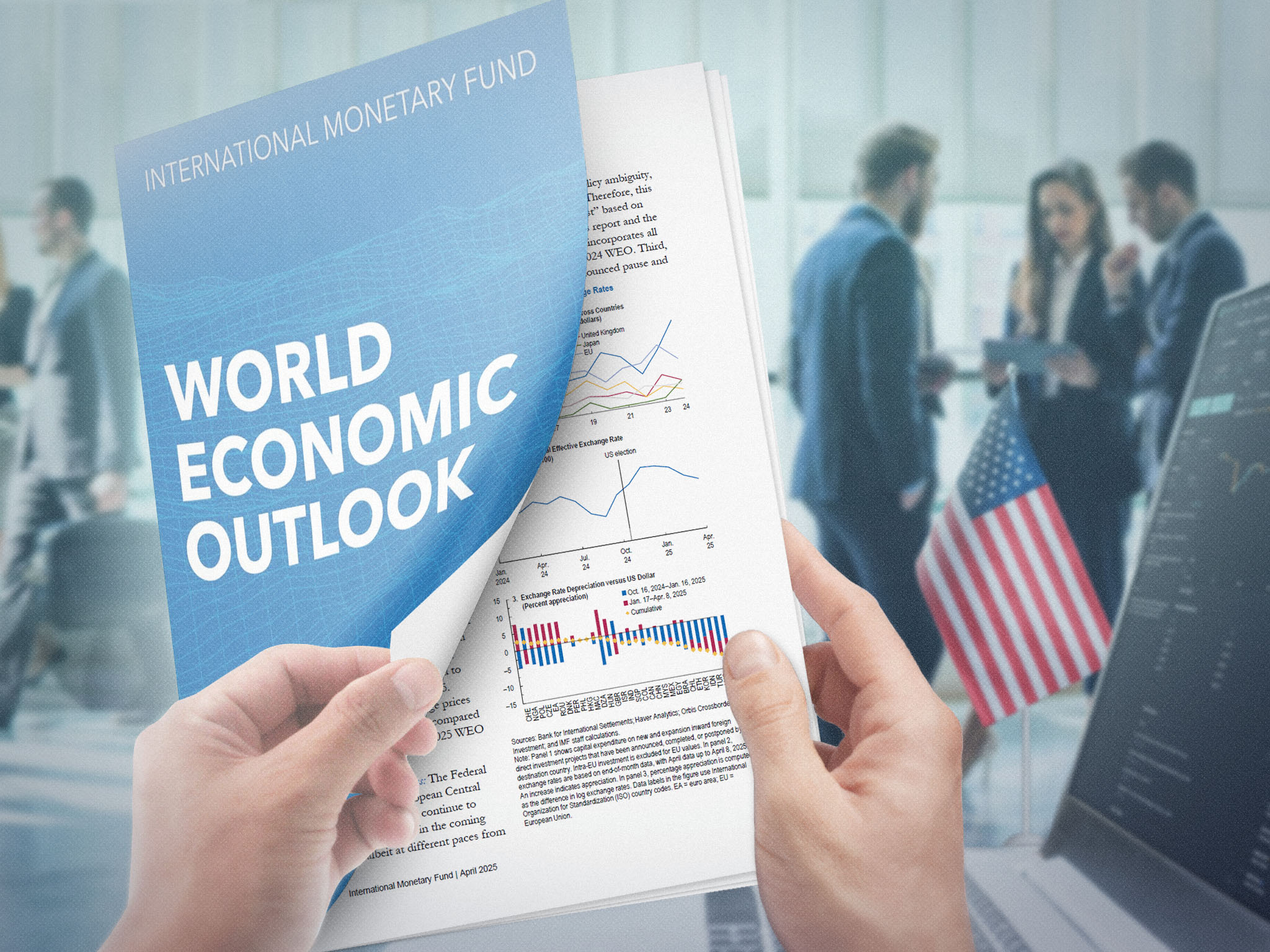The International Monetary Fund just published an economic outlook for the US that is substantially more optimistic than what private-sector economists forecast.
The IMF and private analysts agree that tariffs and trade disputes represent a highly negative factor for economic growth and inflation. They just see different levels of impact in economic data.
“The major risk in front of us is that there could be further escalation in tariffs and trade tensions,” IMF Chief Economist Pierre-Olivier Gourinchas told the Financial Times. “There is also the risk of financial conditions tightening much further than they have.” Left unsaid was that those tightening financial conditions could include plunging stock prices and soaring interest rates.
Possible stagflation, market slump
So clearly the risk is that the US’ extreme and erratic tariff policy might produce stagflation and plunging financial markets.
The IMF predicts US GDP growth of 1.8% for this year, compared to a 0.8% average forecast in The Wall Street Journal economist survey. The IMF sees inflation of 3% for 2025, compared to 3.6% for the Journal survey.
And the IMF puts the odds of a US recession at 40%, compared to 45% for the survey. Many economists, including Larry Summers of Harvard and those at JPMorgan, see more than a 50% chance of a downturn.
Whatever the actual numbers, the basic story is that tariffs increase prices of goods by definition. And then those price increases spread throughout the economy, boosting inflation and depressing growth as businesses shy away from investment.
Trade wars aren’t good for financial markets either, as lower economic growth and higher inflation mean lower earnings for companies. The higher interest rates that come with higher inflation also can hurt stocks by raising the cost of companies’ borrowing.
Bleak growth story abroad too
The story is much the same in Europe when it comes to economic growth. The IMF projects growth of only 0.8% this year for the euro area.
But Europe should do better than the US on inflation, with slow growth limiting price increases to 2.1% in 2025, the IMF forecasts. The vast majority of Europe’s trade takes place with nations outside of the US, which lessens the impact of US tariffs on European prices.
Asia likely won’t escape the tariff woes either. The IMF predicts GDP growth of just 0.6% for Japan this year with 2.2% inflation.
So be prepared: a global economic slowdown may be coming.




Comments